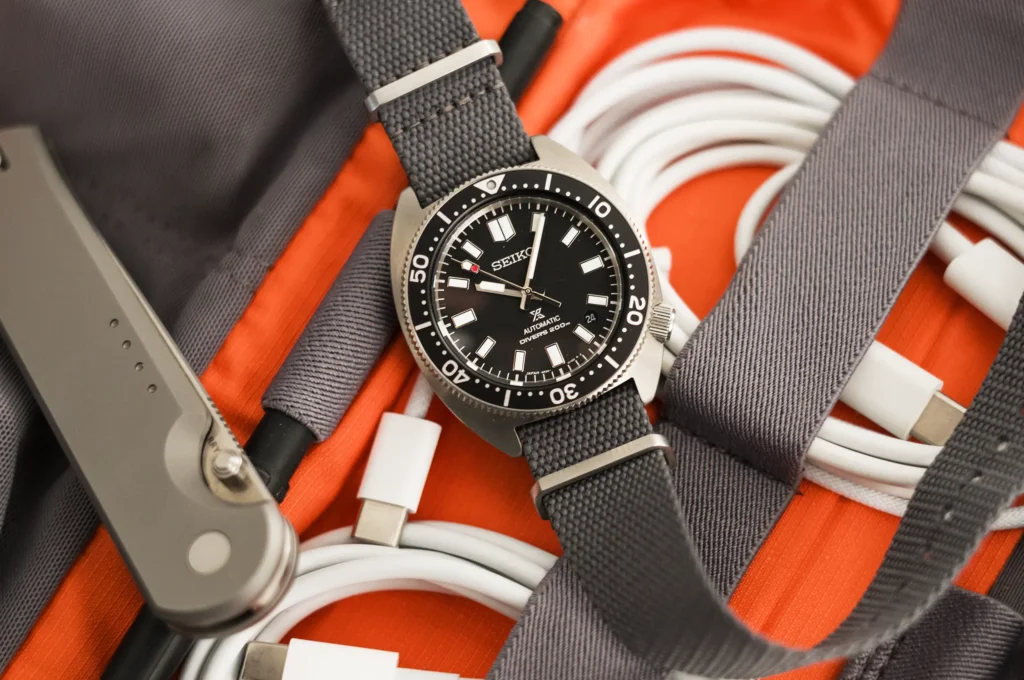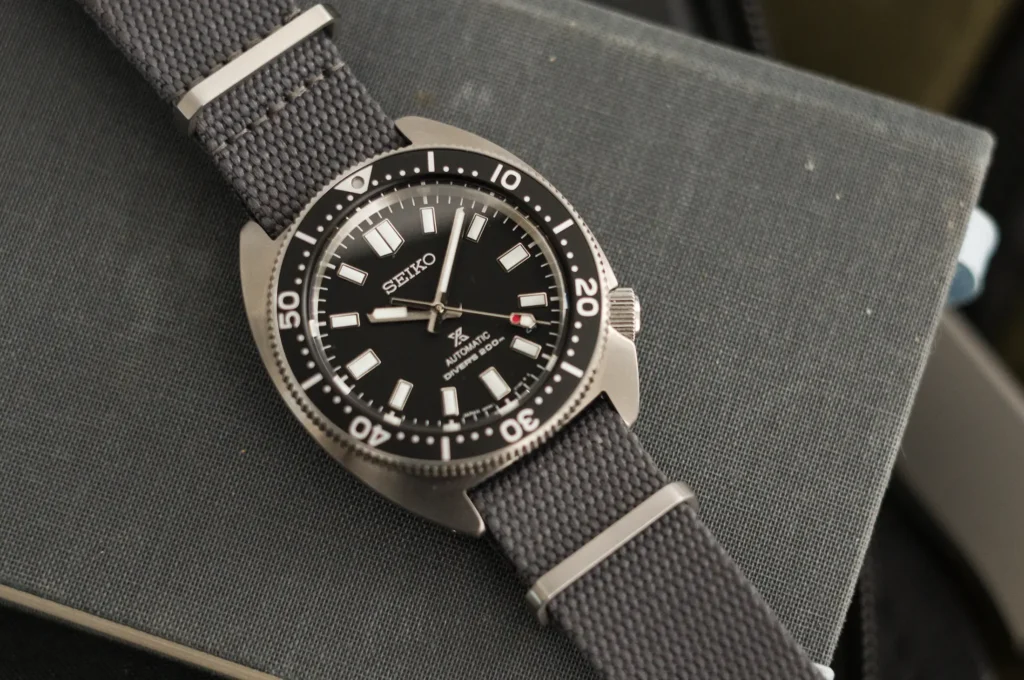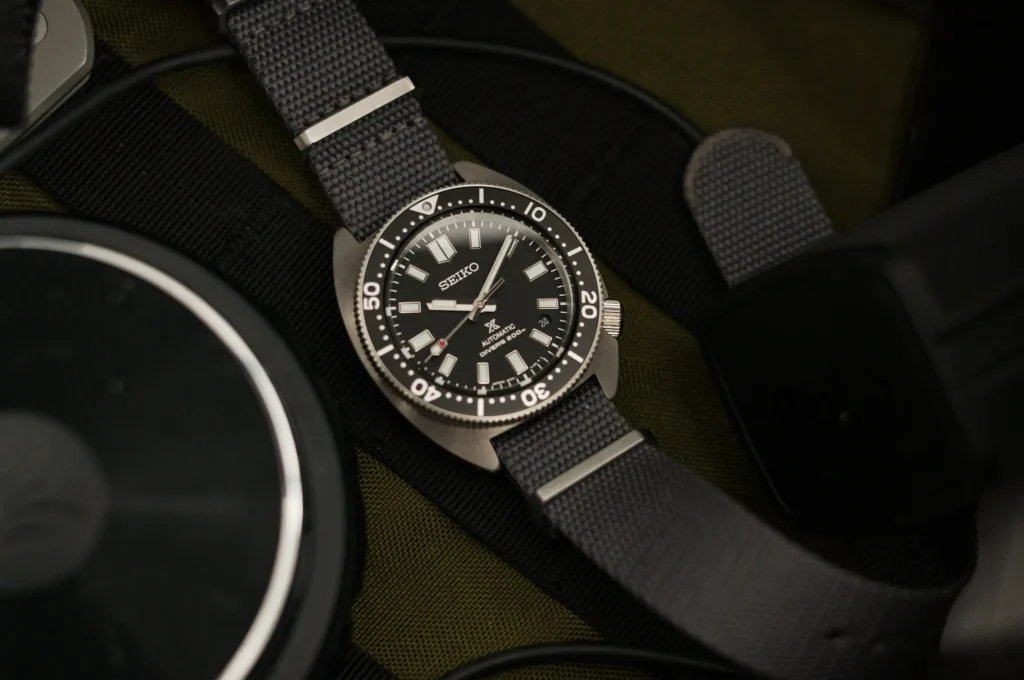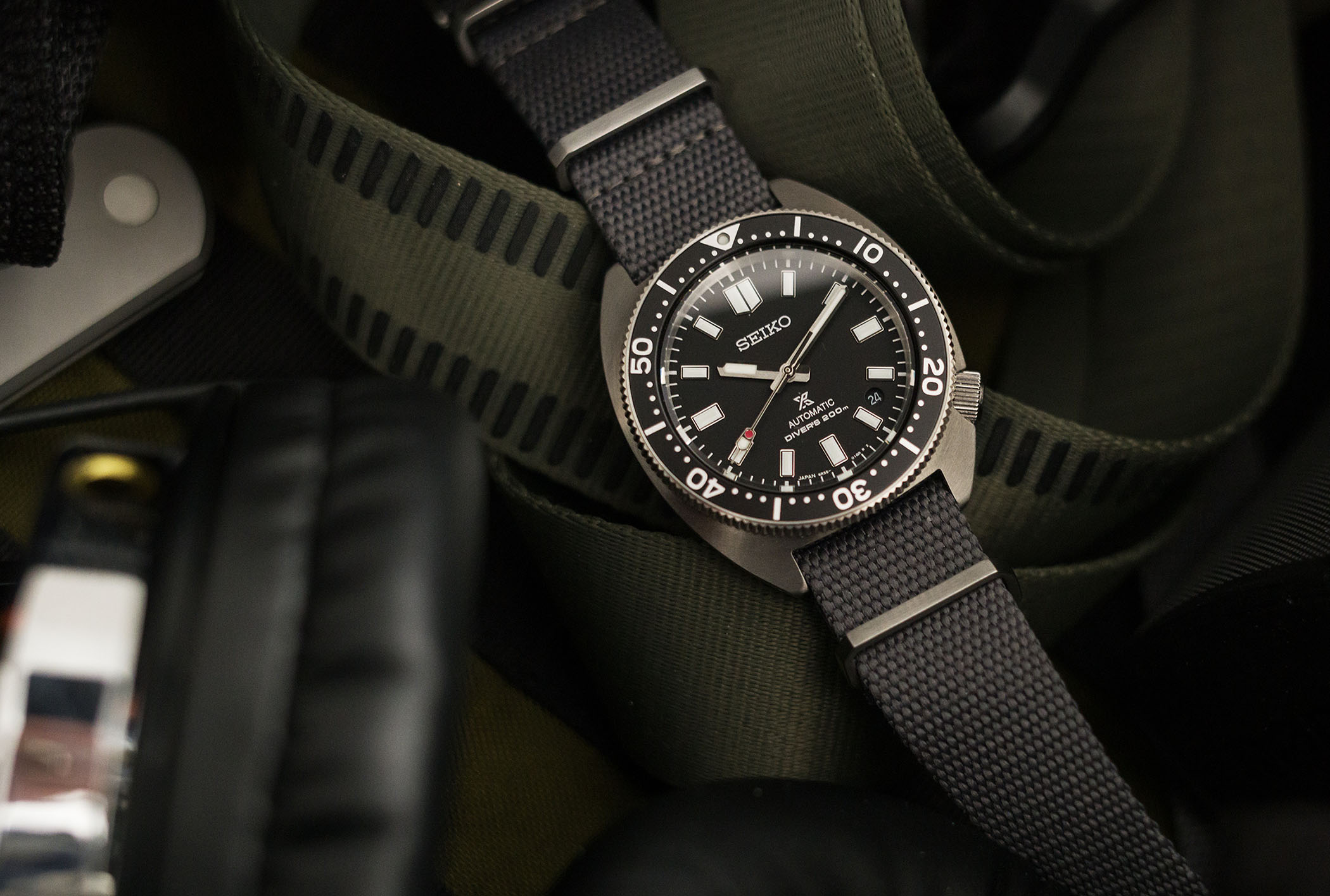Seiko dive watches enjoy a somewhat legendary reputation among enthusiasts of all stripes, not just for their rich history and lore, but also for their no-nonsense approach that’s accessible to the masses. For many enthusiasts, the reference SXK007 represents a cornerstone in their journey, be it the watch responsible for pulling them into the hobby, or the watch that reminded them what they found so appealing about this world in the first place. These are special watches to many of us, and looking back at the past few years, you could argue that Seiko has taken another step forward in establishing themselves as a serious player in a slightly more premium area of the dive watch space.

It’s been a few years since Seiko repositioned their dive watch lineup, doing away with the likes of the SKX007 and SKX009, and filling in the gap with a line of Seiko 5 Sports SRP reference divers. This allowed them some room to move upward with the Prospex collection, which would now house $1,000+ dive watch SPB references. This split didn’t sit well with everyone, forcing a compromise at the entry level, and a considerable hike in price at the higher end. In a supremely crowded genre that welcomes new micro-brands seemingly by the day, this opened a gap for other brands to operate within.
There are two references in particular that are emblematic of Seiko’s recent move upmarket with their divers: the SPB151 and the SPB143. Each capture a different component of Seiko’s illustrious history brilliantly, and as a result became the forum and IG darlings for a considerable stretch of time between 2021 and 2022. In hindsight, these watches and their different variations and limited editions all hold up quite well, but there was another released just last year that combines the best traits of these two references, while addressing a few of the niggles at the same time. That reference is the SPB317 (and SPB313 and SPB315 that were released alongside it).

The SPB317 and its ilk house the same 6R35 as the SPB151 and SPB143 family of references, making it perfectly serviceable in the same price bracket, though the 317 clocks in at $900 thanks to the lack of a bracelet option. (Side note, does anyone wear these things on the OEM Seiko bracelets?) It’s accurate enough, but the overall fit and finish of the case and bezel is on par with its slightly pricier cousins. It’s worth noting that many owners have experienced issues with bezel misalignment and movements well out of spec, and while I don’t wish to diminish those experiences, they aren’t things that I’ve personally encountered in my time with these watches.
The SPB151 is a modern take on the 6105 reference of the ‘60s and ‘70s, perfectly capturing the funky wide case best known for appearing on the wrist of Captain Willard in Francis Ford Coppola’s 1979 film, Apocalypse Now. It’s a distinctive watch that feels as prescient now as it must have back then, and while the design is on point, the larger 42.7mm case with bump-out crown guard is a tougher pill to swallow for some wrists. It’s a great watch in pictures, but maybe not the daily driver we’d like it to be.
For that, the reference SPB143 (and its slew of colorways) is the better choice. These references are a modern take on the 1965 62MAS diver from Seiko. This is a classic skin diver with a squared off space between the lugs, a chunky bezel, and square hour markers hosting a heap of lume. This is a watch that walks that old-school-meets-new-school line perfectly, and as a result it’s largely seen as the archetype of the modern Seiko dive watch in a way that the SKX007 once was.

As wonderful as this reference is both in hand and on wrist thanks to the 40.5mm case diameter and 47.5mm lug to lug, the 13.2mm thickness measurement means this watch sits a bit high on the wrist, especially when paired with your NATO of choice. It’s not unmanageable by any stretch, but it does cause pause when reaching into the watch box, particularly when there are so many other wonderful dive watch references from Seiko on offer.
This is where the SPB317 enters the discussion. This watch falls somewhere in between the other two references, with a 41mm case that measures 44mm from lug to lug, and 12.5mm in thickness. More importantly, the profile of the case allows for a more natural fit to the wrist, meaning it sits tucked in just that much lower, even with a NATO secured. The cushion chapped case recalls the ‘Willard’, but ditches the crown guard offshoot in favor of a recessed crown placement at 4 o’clock.

The dial also takes some of the best features of other Seiko references, with square hour blocks, a small circular date aperture revealing a dial matched date disc, and that wonderful traffic light seconds hand that adds a small hint of color to the situation. Best of all, it wears incredibly well thanks to the case size and shape. While it may be less attention grabbing at a glance, it’s the watch that you’d likely find yourself reaching for more often than not even alongside other great Seiko divers.
In a world saturated by new dive watch releases (not that I’m complaining, mind you), the Seiko SPB317 has proven to have some lasting power, even beyond that of its flashier cousins in the Prospex collection. I’m glad that the others exist, but when it boils down to it, Seiko divers beg to be worn, and any reference that allows for that to happen, is one that deserves a second look.


Comments
One response to “The Seiko Prospex SPB317 Deserves a Second Look”
I agree, great reference, and to me the “turtle” shape is the most iconic of Seiko case design. If you want the cheaper version that is a bit more turtle-y, check out the SRPH “tortoise” models, similar dimensions